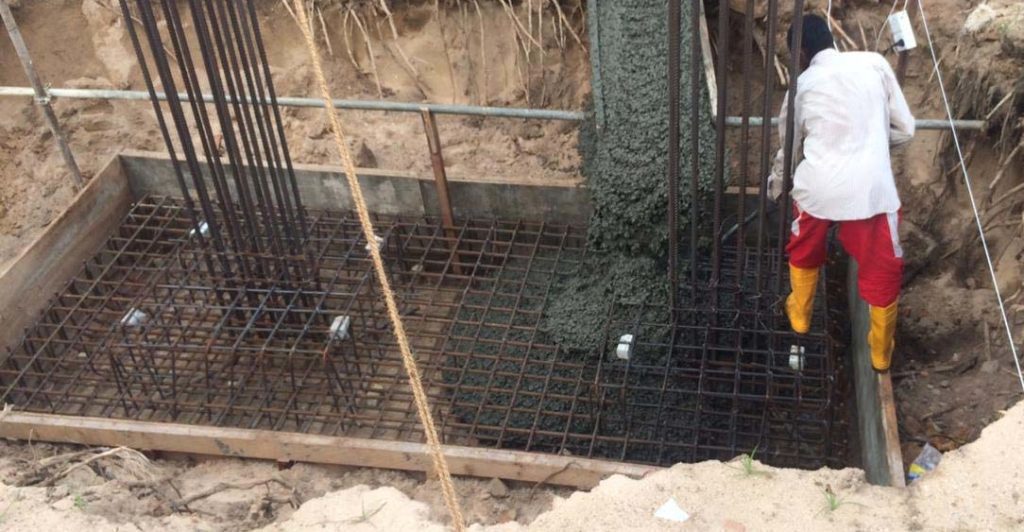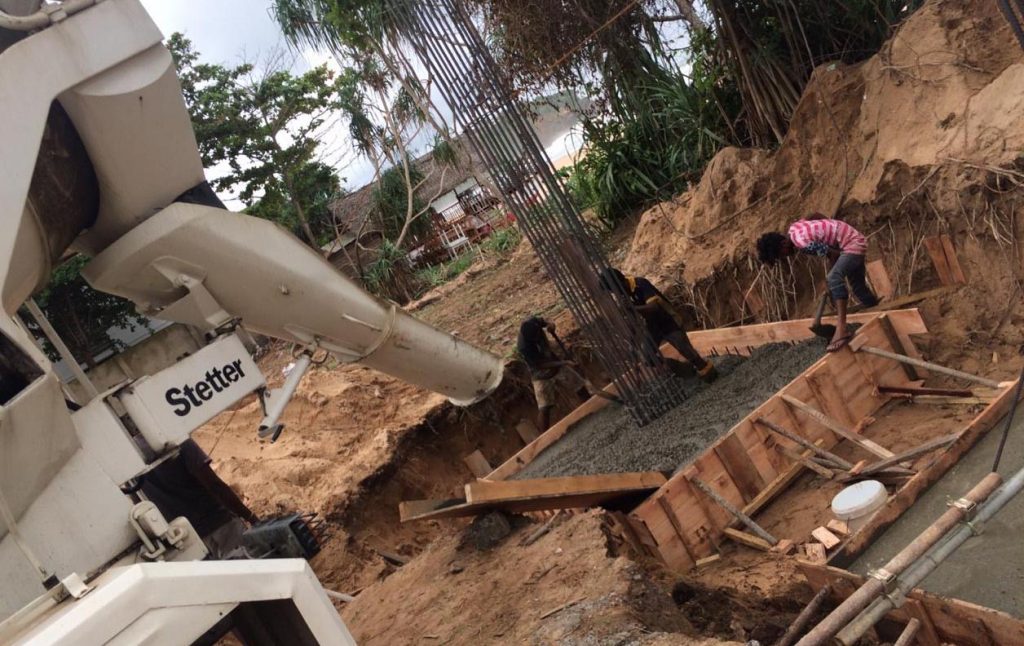As the name implies, deep foundations are types of foundations that continued to deeper depth to support structure. Generally, deep foundations are constructed using materials such as concrete, reinforcement, steel, timber, or a combination of these materials.
What is a Deep Foundation
The foundations continue to a deeper depth where there is a hard soil layer that can sustain the applied loads or continuation up to the bedrock or into the bedrock as specified by the design are called the deep foundation.
The following types of foundations can be listed as the main types of deep foundations.
- Pile Foundations
- Pier Foundations
- Well or Caisson Foundations
- Diaphragm Walls
Let’s discuss each type of foundation in detail.
Pile Foundations
Pile foundations are the type of foundation that most commonly used deep foundation in the construction. In the construction of bridges, buildings, highway structures, etc, mostly the cast in situ bored piles or precast concrete piles are used.
Pile foundations can be classified according to their load-bearing capacity or anchoring arrangement.
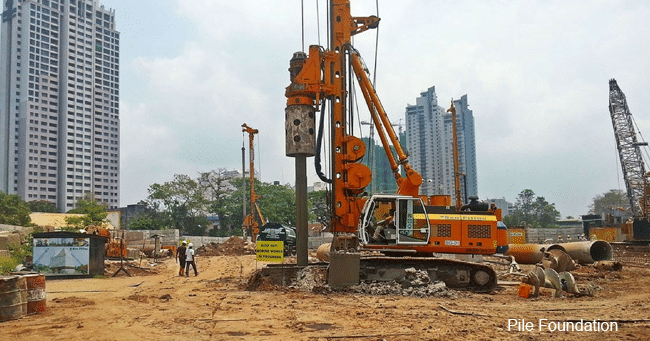
- End Bearing Piles
Piles that carry the applied load by their end bearing capacity are called the end bearing piles.
In addition to the end bearing, the skin friction of the pile also will enhance the pile capacity. Fresh rock and weather rock has good friction to consider for pile designs.
- Friction Piles
When there are higher axial loads and the bedrock is located at a very deep level, skin friction will be used to resist the applied loads. In those piles, the end bearing is a capacity smaller due to the smaller cross-sectional area.
The method of calculating end bearing and skin friction is discussed in the article pile foundations. It may be referred for further information.
- Anchored Piles
In addition, pile foundations are categorized based on the material they produced.
- Concrete Piles
- Steel Piles
- Wooden/Timber Piles
- Composite Piles
The most common type of pile foundation is the concrete piles. All most all the high rise buildings are constructed on the cast in situ concrete pile foundations. They have higher structural and geotechnical capacity when compared to the other types of piles.
On the other hand, sheet piles are not that kind of load resisting piles. They commonly used as retaining structures. Temporary shoring, permeant sheet pile walls, etc. are the general use of sheet piles.
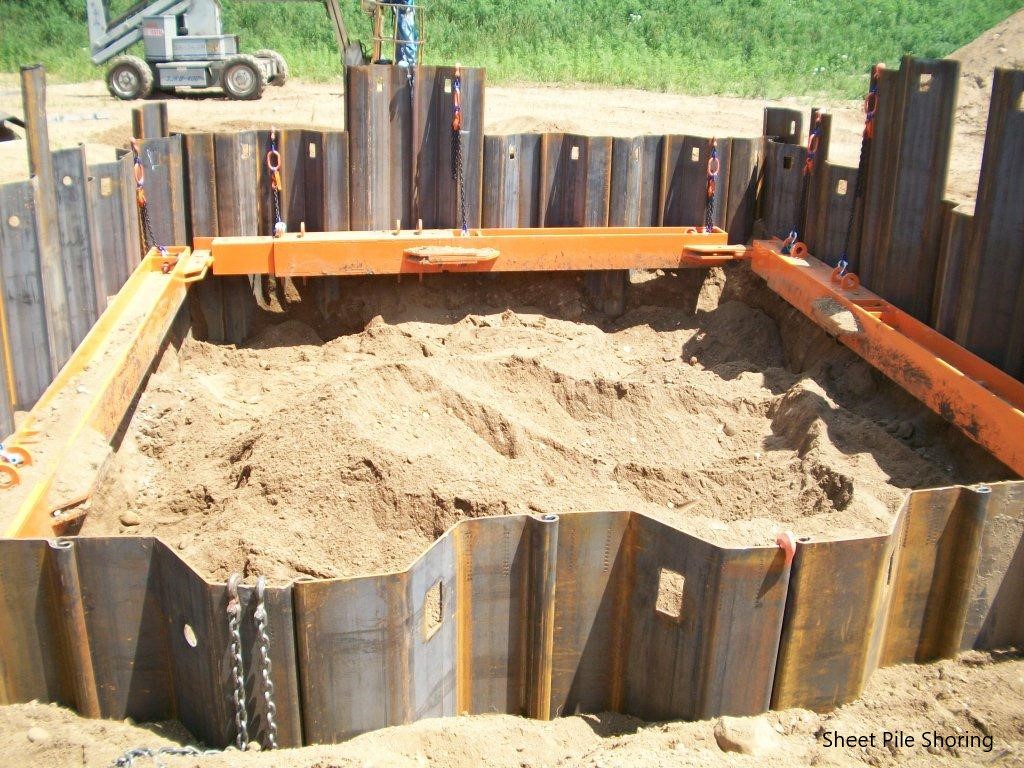
Timber pile were used in old days. Today, with the availability of alternative material such as steel and concrete, time is not widely used. In addition the durability of the timber piles are also kind of concerns that we need to consider in construction.
Pier Foundations
As the name implies, pier foundations are types of deep foundations having a larger diameter. A normal pile is having a smaller depth compared to the pier foundation.
In modern construction, there are larger diameter piles having a diameter of more than 3000mm.
Pier foundations are constructed as masonry piles or concrete piers. The concrete pier could be caisson type or any other.
Further, there could be piers having no casing only having the exposed concrete surface.
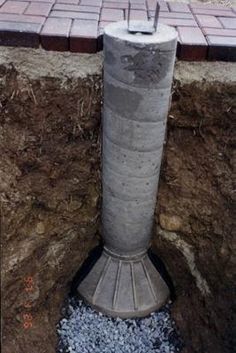
Well or Caisson Foundations
The use of this type of deep foundation is not common. These types of foundations are used only on special occasions.
The well or caisson foundation is a kind of foundation having a cover for the inner materials.
Further, the caisson of the foundation could be steel, concrete, or any other material.
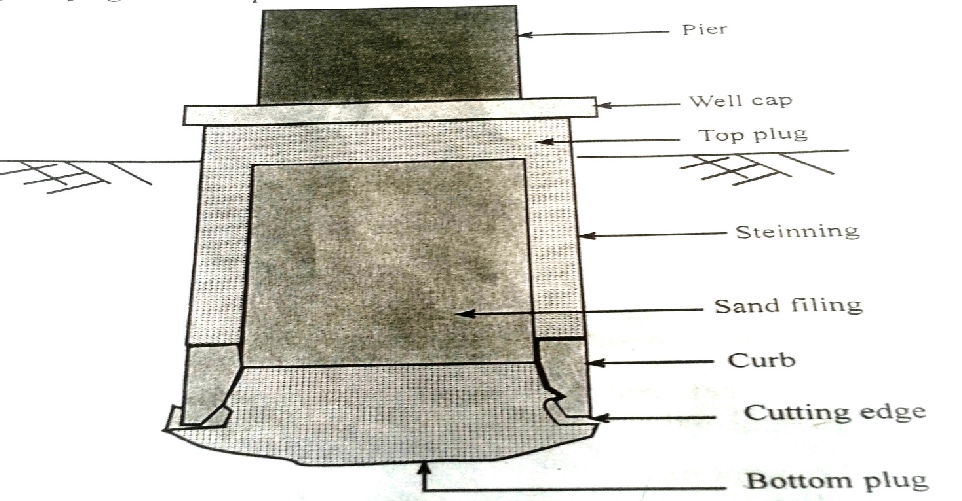
You may be referred to the following type of deep foundation or other types of foundations for more information.

